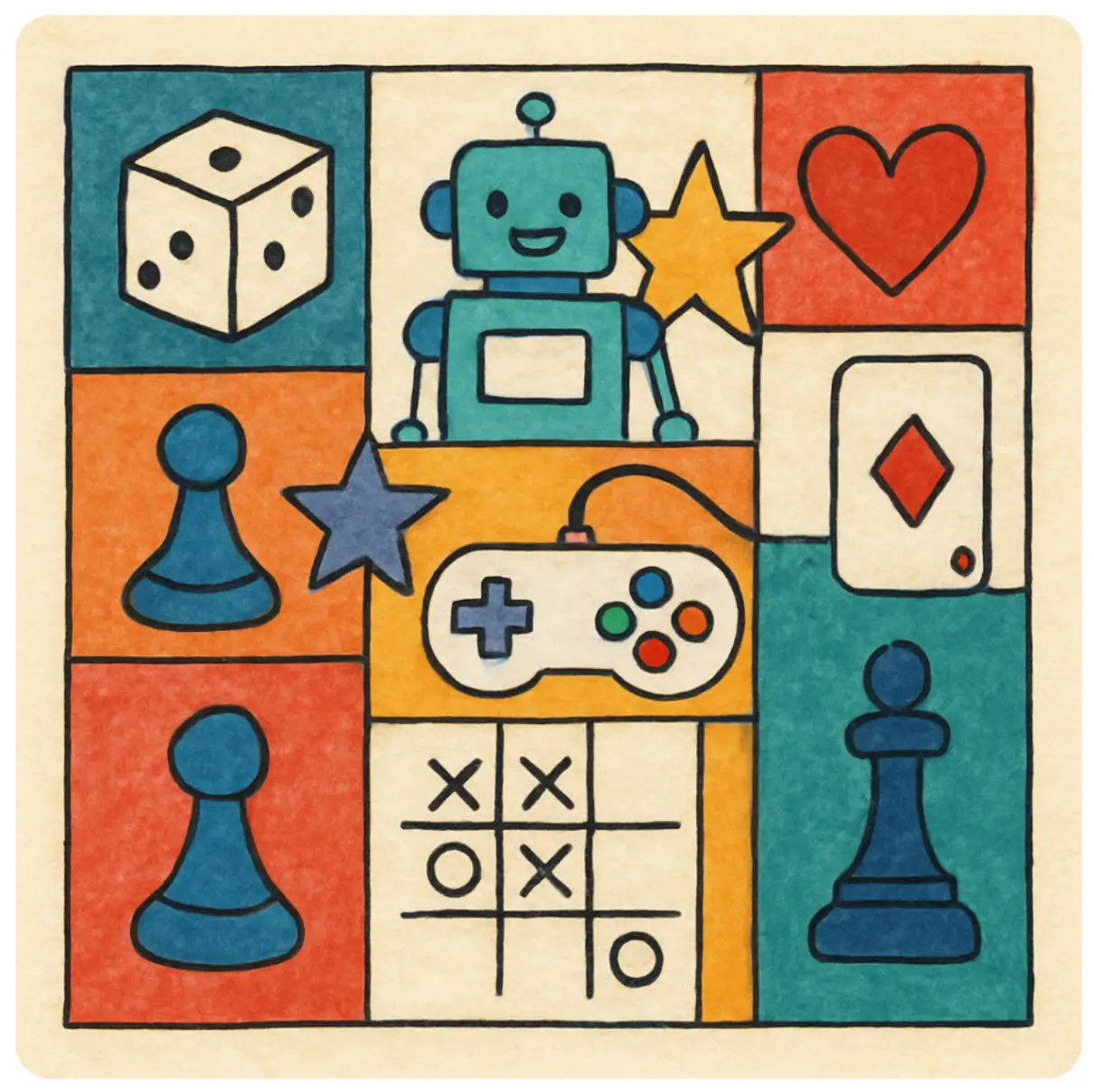When Patricia Piedade started designing games with neurodivergent children, she wasn’t just thinking about robots or coding. She was thinking about how it feels to belong.
Along with collaborators Isabel Neto, Ana Pires, Rui Prada, and Hugo Nicolau, Patricia developed PartiPlay – a participatory design toolkit that helps neurodivergent and neurotypical children work together to build technology-based games (the toolkit can be accessed here). Originally created as part of her master’s thesis at the University of Lisbon, PartiPlay is publicly available for use in classrooms to foster collaboration, creativity, and inclusion.
Proximate spoke with two of the researchers behind PartiPlay about why co-design matters, how a plush panda named John helped kids open up, and what the U.S. education system could learn from this toolkit.
What inspired the idea for PartiPlay? How did it all start?
The spark came from a colleague who had seen a project in the UK that brought together blind and sighted children through play. We wondered – could we adapt that model for neurodivergent children?
From there, we built a participatory process with teachers and special education staff, ran pilot sessions at science events, and eventually brought it into four classrooms. We ended up creating a full toolkit – activities, worksheets, crafting prompts – that any teacher or researcher can use to run a similar program. That became PartiPlay.
What does a typical classroom session with PartiPlay actually look like?
We ran five sessions with around 80 students – second and fourth graders, in mixed neurodiverse classrooms. The first session was about introductions, using foam balls and decorating robots to help build comfort and familiarity. We focused on inclusion from the very first moment – even designing personalized folders to give students ownership of the process.
Later sessions introduced programmable robots through playful puzzles. Kids learned to control them with markers, remote apps, and even group collaboration – several children would press the app at once to guide the robot together! Then came the real magic: co-designing a board game using a mix of creative tools and inclusive prompts.
How did you center neurodivergent voices in the design process without singling kids out?
That was a big challenge. We didn’t want to put neurodivergent kids on the spot. So we used a method called “expanded proxy design,” where we introduced a plush toy - like a panda named John – and told the class, “John struggles with reading and writing, but he’s very affectionate.”
These traits were drawn from the neurodivergent kids in the room. And what happened was powerful – those students recognized themselves in John. They stepped into leadership roles, saying things like, “That idea won’t work for John,” without needing to disclose anything about themselves. It gave them a voice in the process, without labeling or stigma.
What did you learn about inclusion that surprised you?
We learned that kids will find their own ways to self-regulate if you give them the space. For example, by the final session – when they were building their actual board games – the students had figured out how to take turns, split up tasks, and organize themselves.
And more than that, they took pride in the work. Neurodivergent kids who focused intently on one part of the game were praised by their classmates: “Wow, this is so detailed!” It became a bonding experience. The creativity brought them together.
What’s next for PartiPlay? What do you hope others will do with it?
We designed PartiPlay to be shared. It’s low-resource, open-source in spirit, and adaptable to many settings. We hope teachers, researchers – even families – pick it up and try it in their own ways.
There’s a limit to how many classrooms we can personally reach. But our dream is for others to take this and run with it – creating playful, participatory, inclusive spaces wherever they are.




